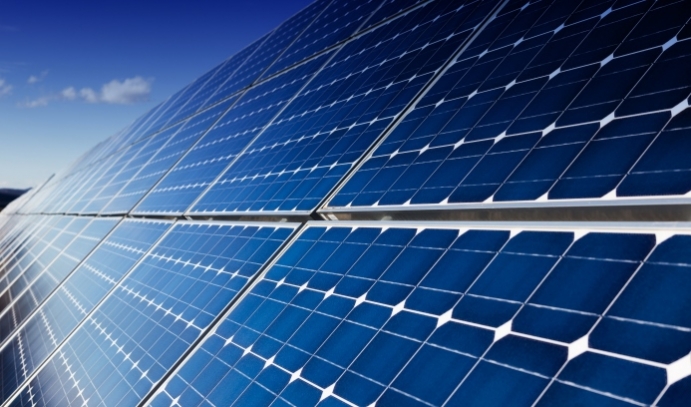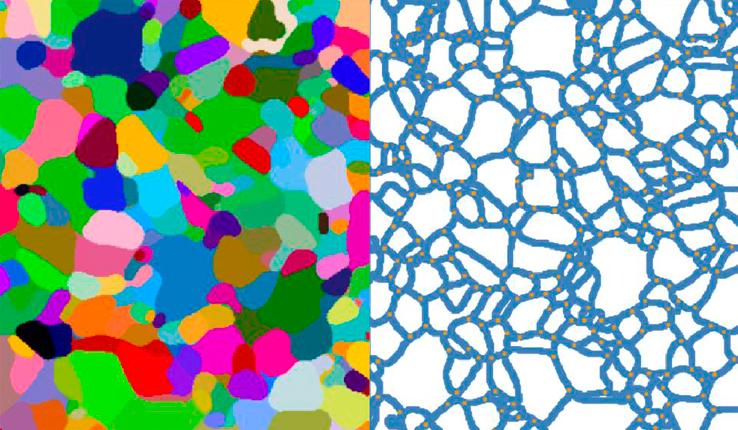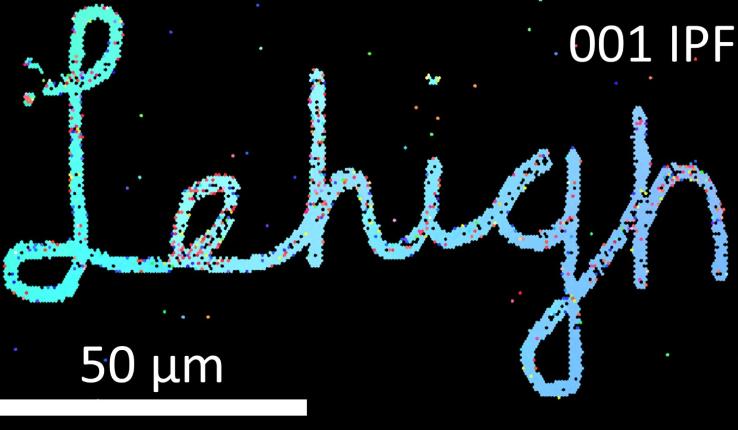A Tunnel to Lower-Cost Solar Cells

Strandwitz hopes to increase the efficiency of photovoltaic solar cells and panels by creating thin film layers and interfaces with improved electronic properties. (Image courtesy of iStock/VioNet)
Lowering the cost of solar cell production, and making solar energy more affordable to individuals and businesses, could be a game-changer for the energy sector.
That is one of the reasons behind the U.S. Department of Energy’s 2011 launch of the SunShot Initiative, a national effort to drive down the cost of solar electricity and to support the adoption of solar power.
An important area of focus for this effort is photovoltaic (PV) research and development. Solar cells consist of a photovoltaic material—a substance that can transform sunlight into electricity. Traditional methods of making PV material require many steps and large amounts of energy, driving up the cost.
One way to lower the cost of solar cells, says Nicholas C. Strandwitz, assistant professor of materials science and engineering, is to reduce the amount of energy it takes to process silicon into a solar cell.
Strandwitz was recently awarded a grant through the SunShot Initiative’s Photovoltaics Research and Development 2 funding program, which seeks to transform PV module design, explore high-risk emerging technology research, and develop devices and designs that facilitate rapid solar installation. Projects funded by this program will investigate new solar technology innovations that have the potential to make solar power affordable.
Strandwitz will explore a promising technique to manufacture solar cells using atomic layer-deposited (ALD) tunnel barriers, which are so thin that electrons can literally “tunnel” through them. He and his team will quantify the electronic behavior of silicon cells made with a combination of ALD tunnel barriers and metal oxide materials that selectively transport electrons with specific energies.
The creation of thin film layers and interfaces with the right electronic properties, says Strandwitz, can result in high-efficiency photovoltaics, while decreasing the cost of production.
“Controlling interfaces and directing electron flow is essential for creating efficient solar cells,” he says.
Strandwitz and his team will quantify the electronic behavior of these contacts, which may constitute some of the most efficient electrical contacts to silicon photovoltaics to date.
“ALD can grow 1-nanometer-thick films very reliably, making it a controllable and scalable way to control the properties of the silicon surface,” says Strandwitz. “This ALD fabrication technique could make next-generation solar cells more efficient and, ultimately, more inexpensive to manufacture.”
Story by Lori Friedman
Posted on:




